When you think of ASMR, what comes to mind? Head tingles? Brain orgasm? Whisper porn?
With an association to such erotic terms, you may be surprised to learn that only five percent of regular ‘experiencers’ use ASMR explicitly for sexual stimulation, while 84 percent actively disagreed with this sexual connotation, thus leaving a chasm of confusion about where sex actually fits into this trend.
Despite being one of the largest internet movements of the last decade, ranking fifth in the top Pornhub searches in 2017, and with up to 13 million ASMR videos uploaded to YouTube by 2018, most people are only just beginning to learn about it.
James Taylor-Foster, curator of the exhibition Weird Sensation Feels Good: The World of ASMR at The Design Museum in London, and Curator of Contemporary Architecture and Design at ArkDes in Sweden (interestingly, a country that showed a spike in ASMR Pornhub searches in 2021), explains that the mystery shrouding this trend might have something to do with the fact that “in many ways it remains misunderstood, or derided as something sexual.”
Sitting on the cultural margins since 2010, he argues that awareness is finally changing.
I would go as far to argue that in spite of the dichotomy of ASMR being either totally erotic or sexually devoid, the chasm of confusion in between may simply be an opportunity for ASMR technology.
Amid our fast-paced society, chronic stress negatively impacts our physical, mental, and emotional health. As a result our intimate relationships are strained, and accessing desire and arousal is arguably more difficult than ever.
While technology often gets a bad rep for disconnecting and dissociating us from the moment, could ASMR, through technological means, offer a bridge for intimacy?
POST CONTENTS
What is ASMR?
ASMR as a sensual techno-movement
Birthed online, ASMR is inherently a sensual technological movement. The methods in which it is created, transmitted, and enjoyed are through various technologies; using binaural microphones to record YouTube videos, 3D motion graphics, audio apps, and multi-sensory virtual realities.
Originally on display in Sweden, Taylor-Foster’s London exhibition combined a variety of displays and interactive features, composed of visual and aural elements that firmly reinforced the message that, in a digital era, the format of communication is not the same as many others.
In the exhibition, you could explore these various technologies, including more speculative designs such as the Skin-On Interfaces; for a more interactive and human experience with your smart devices that requires you to pinch, stroke, or massage to control it.
You can imagine how this could inspire a whole host of sexual enhancing technologies, such as sex robots, virtual reality sex, or more “realfeel” masturbatory teledildonic sleeves on the market, such as the Kiiroo Keon.
ASMR as a sensory human experience
ASMR has been described as a “physical sensation of euphoria or deep calm, sometimes a tingling in the body, triggered through sound, touch and movement” that occurs unintentionally, similar to the effects of synaesthesia, and antithetical to misophonia (the hatred of sound).
These “triggers” could be auditory, visual, tactile, olfactory, or cognitive stimuli—personal to the experiencer. Not only are the triggers wide ranging, but these have been known to create a variety of responses, which may include, but are not limited to:
Physical
- Tingling in the brain or body
- The release of endorphins, oxytocin, dopamine
- Reduced heart rate
- Increased skin conductance
- Frisson (also known as aesthetic chills or psychogenic shivers)
- Genital response i.e. blood flow and physical arousal
Emotional
- Alleviating chronic pain
- Boosted mood
- Soothe loneliness
- Deep relaxation and comfort
- Positive feelings
- Desire and arousal
According to Dr. Craig Richard, the founder of the ASMR University, it is estimated that around 20 percent of people experience a strong reaction to their triggers, while 40 percent have more mild experiences, leaving a remaining 40 percent of people who may not experience it at all.
A 2017 study found that participants who reported more intense ASMR experiences scored higher on personality traits including: openness-to-experience, conscientiousness, extroversion, agreeableness, and neuroticism.
ASMR as a sensual space for intimacy
Taylor-Foster asks us to question whether ASMR is any different from yoga or meditation in terms of bringing more focus. “In a world moving at breakneck speeds, I believe that this is what ASMR as a broad genre is trying to make room for.”
This is not unfounded. A recent study suggests that individuals who experience high levels of anxiety and neuroticism “are more likely to benefit from ASMR”. As someone who struggles with anxious tendencies, I can attest to this. Having spent some time in the ‘Bob Ross room’ at the exhibition, I felt noticeably calmer afterwards.
82 percent of experiencers use ASMR to assist with sleep, a key ingredient for mental wellbeing. With an increasing number of the population being medicated, and a rise in meditation apps, if ASMR is a method that soothes people’s stress with more ease, then why not?
Studies have shown that loneliness contributes to poor physical and mental health; what ASMR offers is a space for intimacy.
This may be linked to the science of ‘mirror neurons‘. It’s been found that when humans see someone else doing something, the same neurons in the brain fire as if it were happening to you. This is typically used to explain how humans experience empathy, but could also explain the response of specific stimuli as a means for feeling intimately connected to oneself and an ASMRtist.
“Intimacy is central to the aspiration of many ASMRtists,” says Taylor-Foster. He goes on to argue that “the proximity between ASMRtist and ASMR experiencer exists outside many of the social demands of the ‘real world.’. This offers intimacy in return for trust, empathy in return for vulnerability, and comfort in return for commitment.”
Journalist L’Oréal Blackett writes for Refinery29 about how Black hair ASMR helped with her insomnia, and she’s not alone. Blackett speaks with an experiencer, Yasmin, who shares that “to have something that’s specifically catered to helping Black people relax goes even deeper than just helping you fall asleep. It can help change how you see yourself, how you treat yourself, how kind you are to yourself.”
Within a racist society whereby Black people “face their race-specific daily stresses, anxieties and other mental afflictions” as well as the stigmatization of Black hair, Black ASMRtists are challenging the white dominated space by creating intimate content designed to soothe physical and emotional effects of racism.
Not only have members of the Black community found power in ASMR, but ‘Gay ASMR’ has been found useful for the LGBTQ+ community too. Particularly for creating intimacy where heteronormativity and homophobia plays a part in creating loneliness and isolation for many queer people globally. For example, one ASMRtist recreates the “boyfriend experience”, kissing sounds, and a roleplay of “cuddling you to sleep”.
Additionally, research by charity the Concrete Youth explore the benefits of ASMR on people with profound and multiple learning disabilities, and how it could be incorporated into a multi-sensory theater show. The possibilities are endless when it comes to liberating marginalized communities through ASMR-based methods of intimacy and wellbeing.
A complicated relationship with sex
The taboo of erotic ASMR
As with most things related to “adult”, there often comes a cultural stamp of taboo—deriving it as dirty or shameful.
ASMR was coined in 2010 by Cybersecurity Manager Jennifer Allen, ASMR stands for Autonomous Sensory Meridian Response, but before we had the term ASMR, people online described it as a “brain orgasm”. In an interview with Allen from 2016, she explains that she “wanted to use a word that would replace the word orgasm” to alleviate the sexual connotations. Thus, the term ‘meridian’, was purposefully chosen, as it described (by Dictionary.com):
- In noun form: “a point or period of highest development, greatest prosperity, or the like,”
- In adjective form: “of or indicating a period of greatest prosperity, splendor, success, etc.”
Despite there being a plethora of erotic ASMR out there on YouTube and porn-sites (often paired with a visual image of the pornstar-cum-ASMRtist (or vice-versa), the majority of experiencers are quick to jump at the defense of it not being sexualized or fetishized. Instead, something specifically created for non-sexual use.
This becomes apparent when we look at some people’s motivations for using ASMR, whereby the experience is closely associated with feelings of comfort, sometimes rooted in childhood memories which may include being cared for by a parent or sibling.
Thus these people are placing themselves in a vulnerable position when engaging with ASMR, one that requires a sense of trust and safety. In this case, an experiencer will likely not be consenting to having a sexual experience—and in associating it with eroticism, this may cross a personal boundary, even more so if they associate their triggers with non-sexual memories or of childhood nostalgia.
Taylor-Foster explains that, for him, “ASMR is sensual rather than sexual. I see there is a chasm between the adult or sexually explicit side of ASMR and the mainstream practice of care.” He goes on to say he doesn’t mind that there is this chasm, as “there will be many more. As any movement grows, it fragments—and this is what we are seeing now.”
I’d argue that this specific chasm is in fact not a chasm, but perhaps a bridge between the binary. A safe and sensual space for ASMR as a mainstream practice for sexual care.
ASMR for sexual care
In a highly-stressed society, our bodies are often in fight, flight, or freeze mode. This means the sympathetic nervous system is activated, the stress hormone cortisol is released, oxygen is sent to the brain for alertness, and bodily functions that would be unnecessary for survival are inhibited, i.e. oxygen is not sent to certain parts of the relational brain or the genitals. Cortisol also inhibits the release of testosterone, a key hormone for arousal.
However, if a specific ASMR triggers the parasympathetic nervous system (also known as rest and digest), feelings of calm and relaxation can take over; an emotional state that allows us to feel connected to the moment, to ourselves, and to our partners.
Once the body is in this state of homeostasis, happy hormones (oxytocin, dopamine, serotonin, and endorphins) are released, blood vessels dilate and more oxygenated blood can flow to other parts of the body. This blood flow may create a sensation of brain or skin tingling. Similarly, increased blood flow to the genitals may explain some people’s feelings of sexual arousal.
As one Reddit user points out, there is a possibility that ASMR is triggering a “sensual part of the brain” important for creating satisfying sexual experiences. Another Reddit user explains that ASMR makes her vaginal walls clench and pulse sometimes, with many commenters agreeing they get “nonsexual” boners after listening to ASMR, supporting the theory that the relaxation affects experiences of arousal and pleasure.
Thus instead of being met with shame, it could be welcomed as a part of a positive physiological change. While much of the ASMR community disputes the sexual associations, there may be an opportunity for people who struggle with connection, desire, and arousal. For example, a self-care or relationship-care routine that involves ASMR technology to forge the link between sensual relaxation and sexual intimacy.
With an existing rise in sexual wellbeing audio guides, more understanding around ASMR could perhaps destigmatize the erotic connection; at least for the five percent who do use it explicitly for sexual purposes, and perhaps for others who may benefit from the effects on arousal.
When it comes to creating a space for vulnerability that allows for ASMR to take place, Taylor-Foster explains that in the exhibition he used a Participant Guide that was inspired by the types of release forms you may be asked to sign on entering a sex club, for example “Berghain used to have one.” It included points around consent, along with holding compassion for yourself, and consideration for other exhibitors.
Applying these sex-positive and consent-informed methodologies, often reserved for sexual scenarios, into the realm of ASMR provide necessary tools for more mainstream understandings of consent and intimacy.
A future of ASMR-inspired sex tech?
With all of these possibilities for sexual wellbeing and creative intimacy, it’s exciting to speculate what the future could hold with ASMR as a space for inspiring design and technology, and that’s exactly what Taylor-Foster hoped for with the exhibition. “We can begin to expand what we mean by ‘design.’ It’s not just tables and chairs—the internet is a rich territory for emerging forms of creativity and ASMR is one of them.”
He goes on to share that he feels that the world of ASMR is adjacent to many other existing design fields, whereby he expects “close-touch, close-listening, and close-feeling to become more embedded in our everyday technology.”
When we apply this to sex technology, multi-sensory stimulation in the adult virtual reality realm with specialized audio input might resonate with ASMR experiencers for example, or devices that require new forms of interaction or stimulate various senses.
Whatever the tech, for a more intimate future, ASMR might just be the key to unlocking a whole industry that could transform the ways in which we relate.
Read Next: Aural sex: Is audio porn the next big thing in adult content, or destined for censorship?



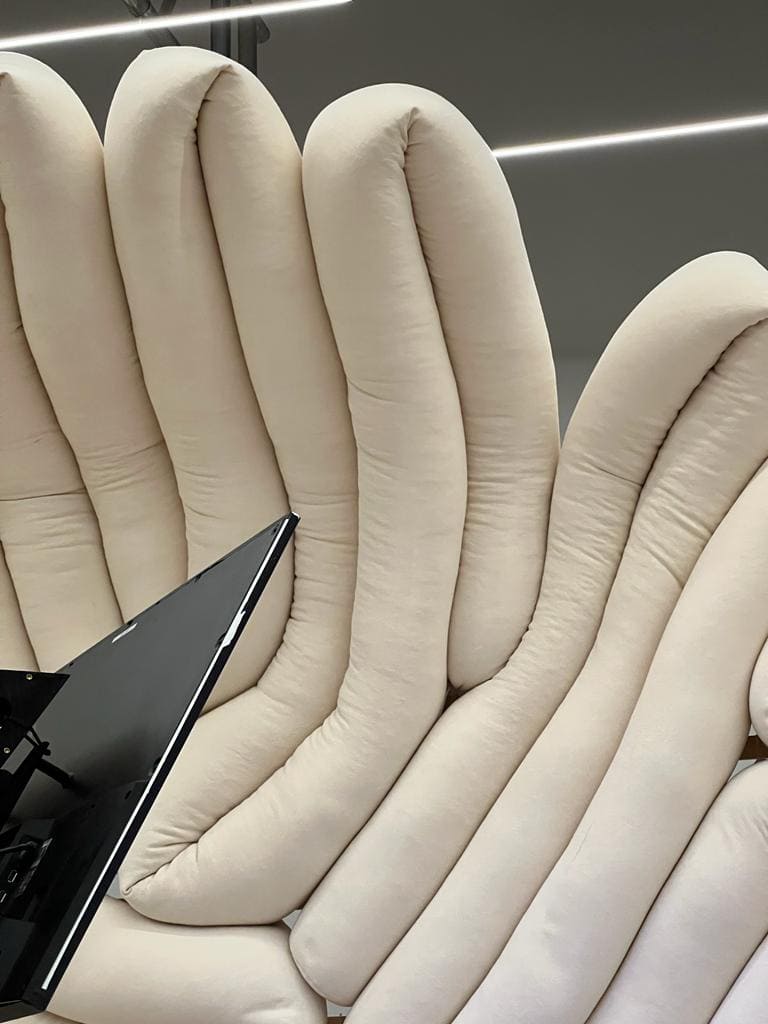

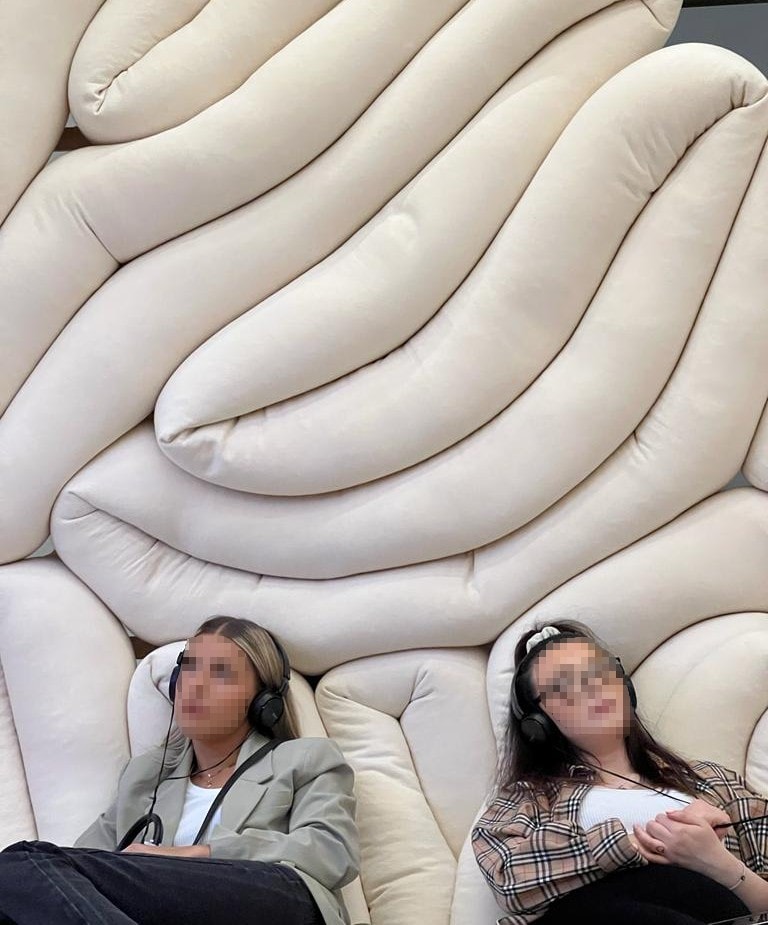


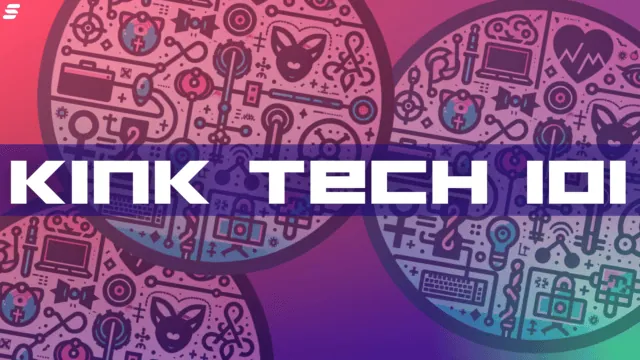

Leave a Reply